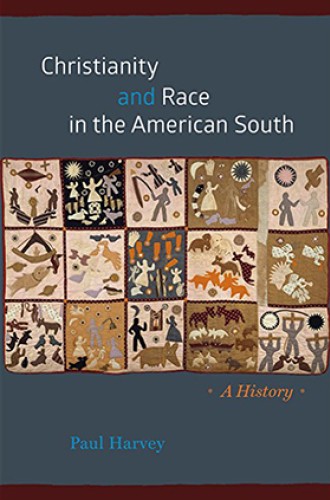The complex story of race and religion in the American South
Paul Harvey's history shows how things could have gone very differently.
In this timely and readable history, Paul Harvey ably interprets the pervasive ironies of the American South: a place where faith-drenched Christians defended slavery and impoverished prophets arose alongside an economically burgeoning New South. In taking note of these paradoxes, Harvey has produced a thought-provoking historical account of religion and race that’s brief enough for lay audiences to read and, perhaps more importantly, talk about. His comprehensive lens focuses on eras and regions that other histories of race and religion have neglected.
Race and religion, Harvey argues, have helped “to define each other.” Only when we understand the historical lineaments of that defining process can we address the systemic oppression behind such recent events as the callous federal response to the New Orleans flood after Katrina and the racist viciousness that produced the Emanuel A.M.E. Church massacre.
Harvey, a historian who teaches at the University of Colorado, is a skilled narrator and a trustworthy guide. He has already written extensively on the relationship between race and religion in Through the Storm, Through the Night: A History of African American Christianity (2011) and Freedom’s Coming: Religious Culture and the Shaping of the South from the Civil War through the Civil Rights Era (2005). Here he distills his deep knowledge of southern religion into eight manageable chapters marked by moments in U.S. history, starting before the American Revolution and running up to the present.






